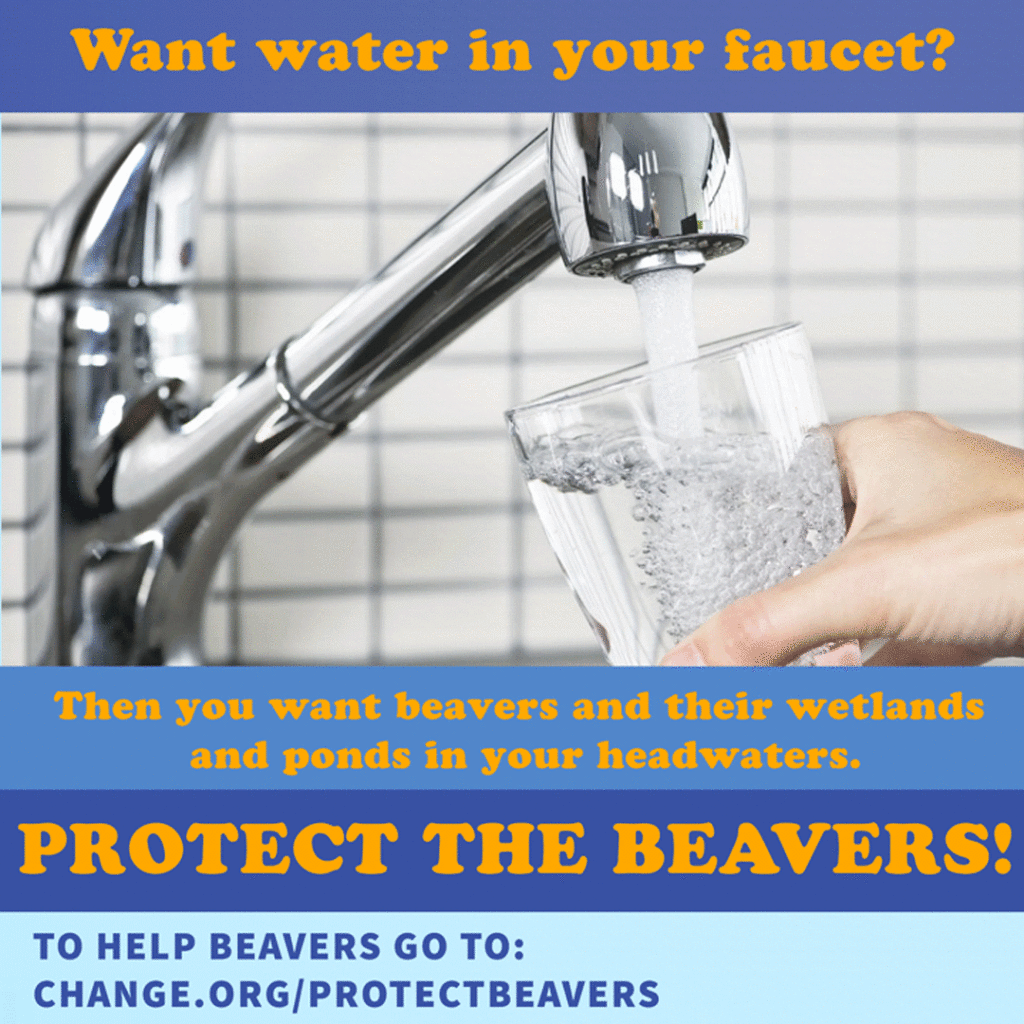 This is important! Listen to this podcast. It’s great!
This is important! Listen to this podcast. It’s great!
Toward An Executive Order Protecting Beaver on Federally Managed Public Lands
By Jack Humphrey Rewilding Earth
An interview with Suzanne Fouty and Adam Bronstein
Suzanne Fouty has been exploring the issues of water and the return of wolves in the West for over 30 years, the contributions made by beaver to ecosystems for over 25 years, and the synergy between beavers and wolves in restoring stream systems for over 10 years.
Her work on wolves began in 1990 at Yosemite Institute where she gave weekly presentations to students on the pending return of wolves to the West and some of the social questions in play related to livestock grazing and ranching on public lands and wolves.
She worked for the Forest Service in eastern Oregon as a hydrologist and soils specialist for almost 16 years before retiring in 2018. Since retiring she has been deeply involved in five recent efforts to close federally-managed public lands in Oregon to beaver trapping and hunting as a proactive response to climate change and biodiversity loss.
Suzanne was included in the PBS Nature episode “Leave it to Beavers” and featured in the film “The Beaver Believers.” Her writing and presentations have been primarily for the general public to share how beavers and wolves contribute to preparing communities for climate change via stream and wetland restoration, and the social and political obstacles getting in the way of those contributions.
Adam Bronstein is the director for Oregon and Nevada with Western Watersheds Project, a non-profit conservation organization working to protect and restore public lands and wildlife throughout the West. He is the host of Wilderness Podcast and also serves as board president of the Gallatin Yellowstone Wilderness Alliance in Bozeman, Montana, working to protect the remaining wilderness-quality lands of the Custer-Gallatin National Forest.
Topics
- History of Beaver trapping and hunting on public lands
- The requested executive order to close federally managed lands to beaver hunting and trapping
- Drought and flood management with Beavers on the landscape
- Beavers and their role as a keystone species
Extra Credit
- Read the letter here
- SIGN THE PETITION!
- Beaver Benefits and Closure FAQ (PDF)
- The world’s biggest banks have pumped trillions into fossil fuel projects in the past 5 years – Bank article mentioned by Suzanne in this episode
- Show transcript (PDF)
 Below are some posters that you can post on your favorite social media sites to let more people know about the petition and why it’s important to treat us as a partner and not as a product or problem!
Below are some posters that you can post on your favorite social media sites to let more people know about the petition and why it’s important to treat us as a partner and not as a product or problem!
FYI: There’s a recent techy research article here: Beaver pond identification from multi-temporal and multi-sourced remote sensing data. Also, rumor has it that Heidi will be back posting soon. YAY!

























































